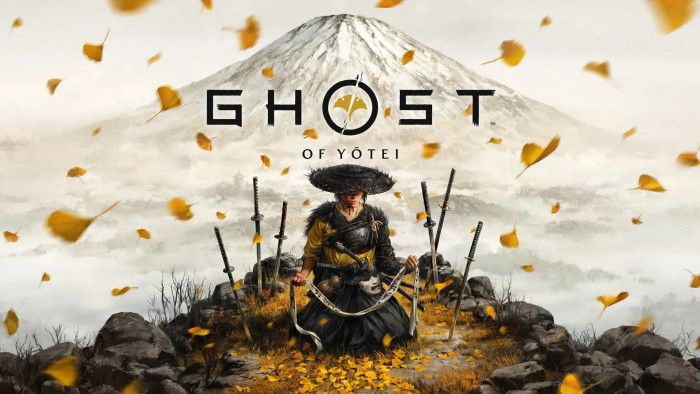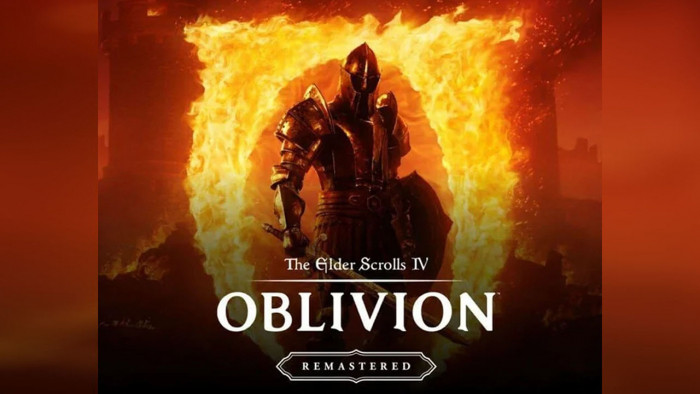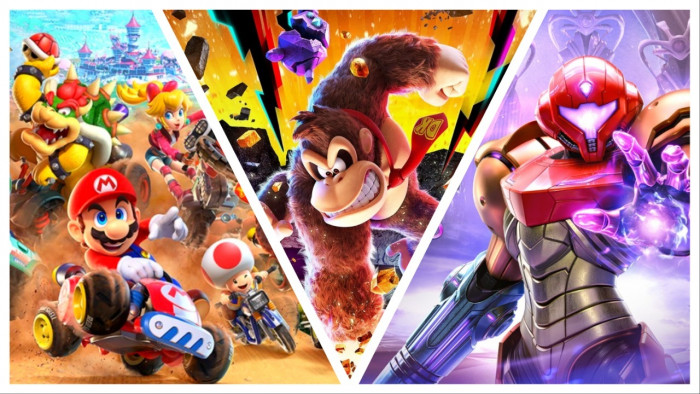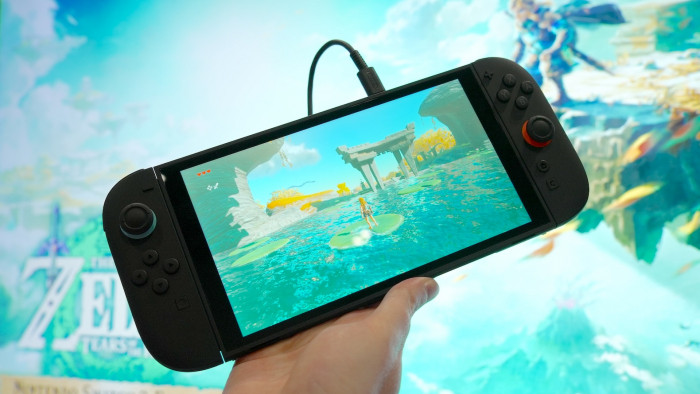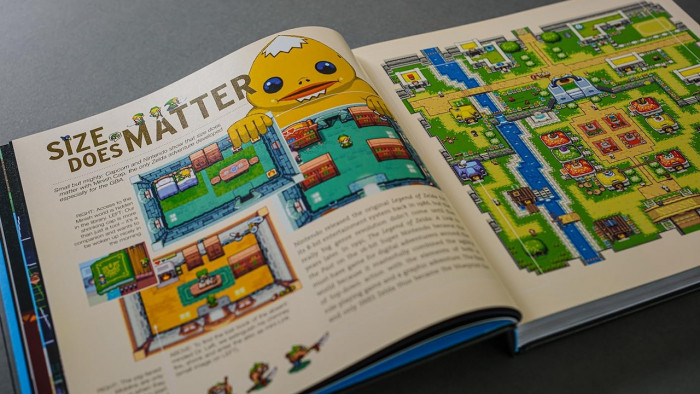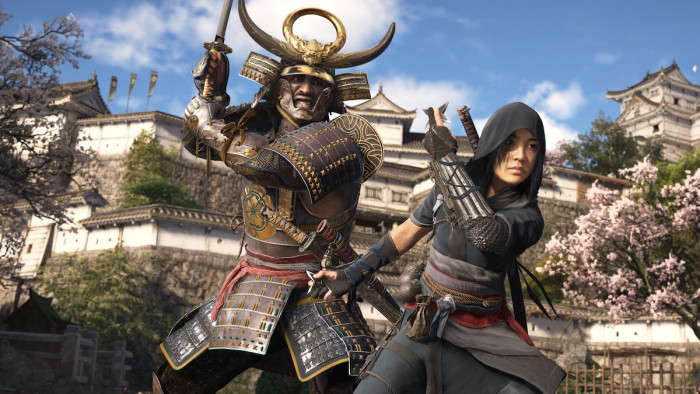20 things you probably didn’t know about Final Fantasy VII
Some lesser-known Final Fantasy VII tidbits that will have you hankering for a retro RPG sesh


By Matt Ayres
The dreams of Final Fantasy fans around the world came true at E3 2015, when it was announced that Final Fantasy VII would be remade for current-gen consoles. The pixellated world of the 1997 PlayStation game is being updated for modern audiences, using spectacular graphics and real voice acting to enhance the series’ most beloved title.
Yet for many, the unaltered original will always be the best. For all its blocky visuals, text-based dialogue and occasionally glitchy gameplay, FFVII was a masterpiece in nineties game design that pushed the boundaries of what a video game could do across three phenomenal discs.
Whether you’re a hardcore fan or a newcomer to the series, these lesser-known Final Fantasy VII tidbits will have you hankering for a retro RPG sesh.

Cloud and Tifa almost had a sex scene
Well, sort of.
It’s already hinted that protagonist Cloud Strife and his childhood crush Tifa Lockheart share a night of passion near the end of FFVII disc 2, but developers originally planned to make their nookie much more explicit. The lovebirds would have been shown creeping out of the Chocobo stable post-coital, looking all guilty and dishevelled. Walk of shame indeed.

Final Fantasy VII was once a detective game
Before the dystopian metropolis of Midgar was dreamed up, Final Fantasy’s writers toyed with the idea of setting their game in New York, following a detective around as he solved crimes among the high rises.
With his spiky hair and enormous Buster Sword, Cloud wouldn’t have been a very subtle sleuth, so this version of the game would have had a different hero: the imaginatively named Detective Joe. Slow clap for whoever came up with that one.

Nintendo nearly released the game
Up until FFVII, Nintendo had housed every Final Fantasy game in existence. Square had originally planned to release the seventh game as a last hurrah for the Super Nintendo, but development was put on hold to focus on Chrono Trigger.
When the project was revisited in 1996, the franchise moved from cartridges to discs, utilising the PlayStation’s 3D graphics to bring a new dimension to Cloud’s futuristic world.

Magnets make the Buster Sword portable
How does Cloud carry his spine-snappingly massive sword around on his back the whole time? An early sketch of Cloud’s character design shows a metallic circle on the super soldier’s back, presumably a magnetic device that his mighty metal weapon attaches to. So in the words of Jesse Pinkman: “YEAH BITCH! MAGNETS!”

Tragic circumstances turned Final Fantasy VII into a masterpiece
When Final Fantasy creator Hironobu Sakaguchi’s mother died, the direction of FFVII changed drastically. The earlier detective story premise expanded into a much deeper plot, focusing on heavy themes such as death and loss.
There’s a chance that the iconic death scene (you know, THAT death scene…) would never have happened if the grieving producer had made the game during happier circumstances.

The budget for Final Fantasy VII was MASSIVE
Ah, 1997. The good olds days, when you didn’t have to take out a payday loan to purchase a Freddo.
Things were cheaper back then, but that didn’t stop Square from dropping a cool $45 million (£31 million) on FFVII’s production. At the time, this was by far the biggest budget in gaming history (for comparison, Crash Bandicoot was released the year before and cost a comparatively tiddly $1.7 million).
That’s not all: £100 million was spent on just marketing the blockbuster game. No wonder it was a hit.

Sephiroth is secretly super weak
During the game’s dramatic ending, big boss Sephiroth is battled three times. The first two times he can be tricky to beat. However, during the final showdown between Cloud and Sephiroth, using a cheat device such as a GameShark reveals that the baddie has just 1HP. What a big fuss about nothing.

‘One Winged Angel’ was inspired by Jimi Hendrix
The epic soundtrack that plays during Sephiroth’s most challenging battle phase (misleadingly named Safer Sephiroth), One Winged Angel is one of the Final Fantasy series’ most memorable musical scores. According to composer Nobuo Uematsu, its staccato opening segment was inspired by the equally choppy intro to Jimi Hendrix’s psychedelic anthem Purple Haze.

Cloud’s insane spiky hair almost never happened
The most recognisable character from FFVII is the game’s reluctant protagonist, Cloud.
Like other Final Fantasy heroes before him, Cloud’s appearance is defined by his ridiculous hair. Yet the gravity-defying ‘do was originally less ambitious: a basic slicked back look that would have been easier to animate, but presumably far less iconic.

A portrait of Final Fantasy’s creator is hidden in the game
There are so many things to discover in FFVII’s mindbogglingly large world that it’s easy to miss some of the game’s more obscure inclusions. For example, there’s a house in Rocket Town with a rather special picture hung on the wall. Look closely and you’ll see that it’s a portrait of Final Fantasy creator Hironobu Sakaguchi.

Final Fantasy VII’s hardest bosses weren’t in the original Japanese version
Forget Chocobo breeding and snowboarding: if you were a hardcore FFVII player, the most important side-quest was beating those wretchedly difficult hidden bosses, Emerald Weapon and Ruby Weapon.
Defeating these enormous entities was something worth bragging to your school friends about. However, they were only added in the North American and European releases: Japanese players had to wait for the international release in order to battle them.

There’s an old villain lurking in the shadows of the Gold Saucer
While staying in the ghost hotel in Gold Saucer, you might notice a large green pumpkin in the corner of one of the rooms. Interact with it and a recognisable cackling sound will play: a slowed down version of Kefka’s laugh from Final Fantasy VI.

Red XIII was going to have some evil clones
The lion-like creature being held captive by Professor Hojo in Shinra HQ ends up being one of Cloud’s closest allies. But test subject Red XIII was originally going to have some similarly named counterparts, Cobalt XIV and Indigo XV. You would have had to battle these clones alongside Red, and it’d be up to you to decide which of the animals is the good guy.

Your vehicles have a limited lifespan
Two of them at least. Prior to acquiring the game’s ultimate mode of the transport, the Highwind, players are forced to use a slow-moving buggy and a broken plane (the Tiny Bronco) to get around the world map. These are rendered inadequate once the Highwind becomes available, as the airship is able to take Cloud and his friends wherever they like. But should you try to find your old vehicles for a nostalgic joyride, you’ll discover that they have vanished without a trace, with no explanation for their disappearance.
Maybe a Midgar Zolom ate them?

Sephiroth’s gloves ruin the game’s most iconic scene
SPOILER ALERT! You might want to stop reading if you haven’t played FFVII. Sure, the game’s like 20 years old, but internet folk can be picky.
Anyway, during that bit when sneaky Sephiroth impales Aeris with his unrealistically massive sword, there’s a hell of a continuity error.
Sephiroth is bare handed when he’s doing the stabbing, but in the next frame he’s wearing gloves. People didn’t seem to notice at the time, probably because they were too busy crying. RIP pixel girlfriend.

You can visit Aeris' ghost
People were so traumatised when Aeris died that they explored the entire map working out how to resurrect her. Sadly she can’t rejoin your party, but if you re-enter the church where Cloud originally meets Aeris, it’s possible to spot the deceased character standing in her favourite flowerbed.
Players widely believe this to be an intentional easter egg representing Aeris’ ghost, although it might just be a glitch.

Tifa isn’t the sweetheart she seems
If you chose to bust your way into Shinra HQ via the front doors, you missed a shocking slur uttered by Tifa while taking the alternative entrance. This route involved climbing an unreasonably long staircase, which had loveable Mr T lookalike Barret feeling a bit frustrated.
Tifa has no sympathy though: her response is “Would you stop acting like a retard and climb?” Nowadays the offensive line would be the recipe for a lawsuit, but Square somehow got away with it when the game was released.

Final Fantasy VII was the first in the series to use a voice actor
Just the one, mind. Full cast voice acting wasn’t introduced to the series until FFX, but as a voice is briefly heard over an intercom in FFVII, this was technically the first instalment to feature human speech. One Winged Angel is also the first piece of Final Fantasy music to feature vocals.

The spiritual aspects of Final Fantasy are based on real religion
Religious themes are used throughout the story of FFVII. The game’s creators were heavily influenced by Kabbalah, a Jewish school of thought. This is reflected in some of the characters names: Sephiroth could be derived from the word ‘Sefirot’, a collective term for Kabbalah’s ten divine attributes. Likewise, the name Tifa could have been taken from Tif’eret, the divine attribute of beauty.
Latest
Related Reviews and Shortlists


